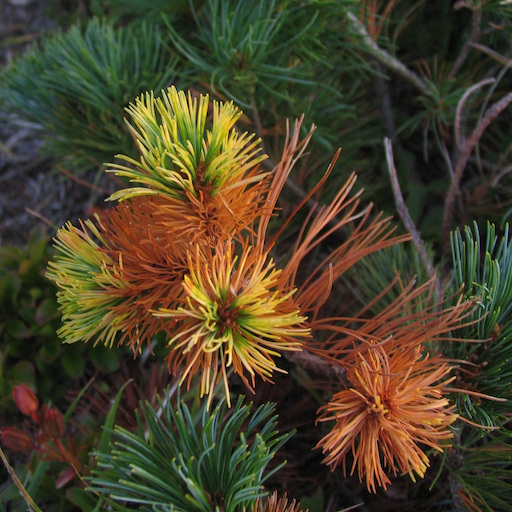Bykasov V. E. Kamchatka: Social and Ecological Model of Development // Bridges of the Science between North America and the Russian Far East. 45th Arctic Science Conference. Abstracts, book 2 / Vladivostok. Dalnauka, 1994. P. 150.
KAMCHATKA: SOCIAL AND ECOLOGICAL MODEL OF DEVELOPMENT
V. E. Bykasov
Institute of Volcanology, Far East Branch, RAS,
Petropavlovsk-Kamchatsky
The output and processing of hydrobioresources yielding 50% of gross and 80% of saleable production (in money calculus) and 90% of export goods exchange in the basis for the development of Kamchatka as an independent economic region. As formerly, salmon remains the main resource which provides 40% of fishery profits, although it makes up only 5–7% (45000–60000 t/yr) of the regional catch.
However, as a result of improvident target practice conducted by fish industry itself for gross output and hence excessive catch, food-fish resources of the Kamchatka hudroecoregion were reduced during last 40 years by 2.2-2.5 million tons of yearly output. And only during last 3 years regional catch was reduced from 1.4 million tons in 1990 to 97000 tons in 1992.
Moreover, as a result of 49-year adherence to the standard model of the so-called combined development to commercial level of the production capacity of all natural resources, region has lost salmon spawning grounds with yearly productivity of 50000-60000 tons. And the resultant losses exceed 3-5 times the cost of yearly production of all, except fish, kinds of industries of Kamchatka issued during the years of their maximum output.
Nevertheless, natural potential of the Kamchatkan rivers and lakes is such that it is possible to reproduce 500000 tons of salmon per year and simultaneous take of 300000 tons of this most valuable fish will be break-even. Moreover, if modern industry of salmon artificial reproduction is created, these volumes may increase 1.5-2 times. This is guaranteed by the fact that in 1939 catch of salmon in Kamchatka waters was 399000 tons (without reproduction). Also the experience of Alaska and Japan, where salmon catches increased twice or thrice against natural level due to reproduction yielding total yearly profit of 3 milliard dollars to theirs countries. But the main guarantee of success of stake on reproduction and augmentation of salmon in Kamchatka is preservation of volcanogenic landscapes that are the main accumulators and regulators of extremely pure water runoff and consequently the fundamental principles of high natural productivity of salmon. Besides, volcanogenic landscapes occupy about one third of the area of the peninsula and, as rare recreation objects, may yield a year profit of 150-200 million rubles from development of international tourism. This also supports refusal to follow the course of standard development of all natural resources of Kamchatka and transition of economy of the region to rational utilization of hydrobiotic and recreational resources.
Most promising method to preserve, reproduce and increase resources may be inclusion of the Kamchatka hydroecoregion as a world salmon recreation reservation in the list of objects of the World Natural Inheritance.
150

